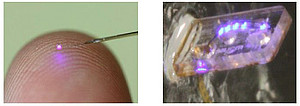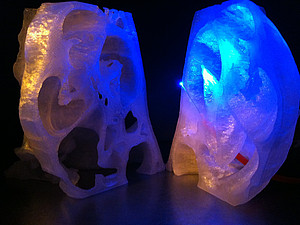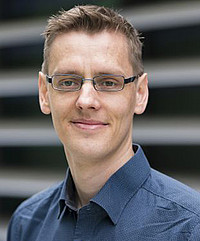Forschungsgruppe Auditorische Neurowissenschaften und Optogenetik
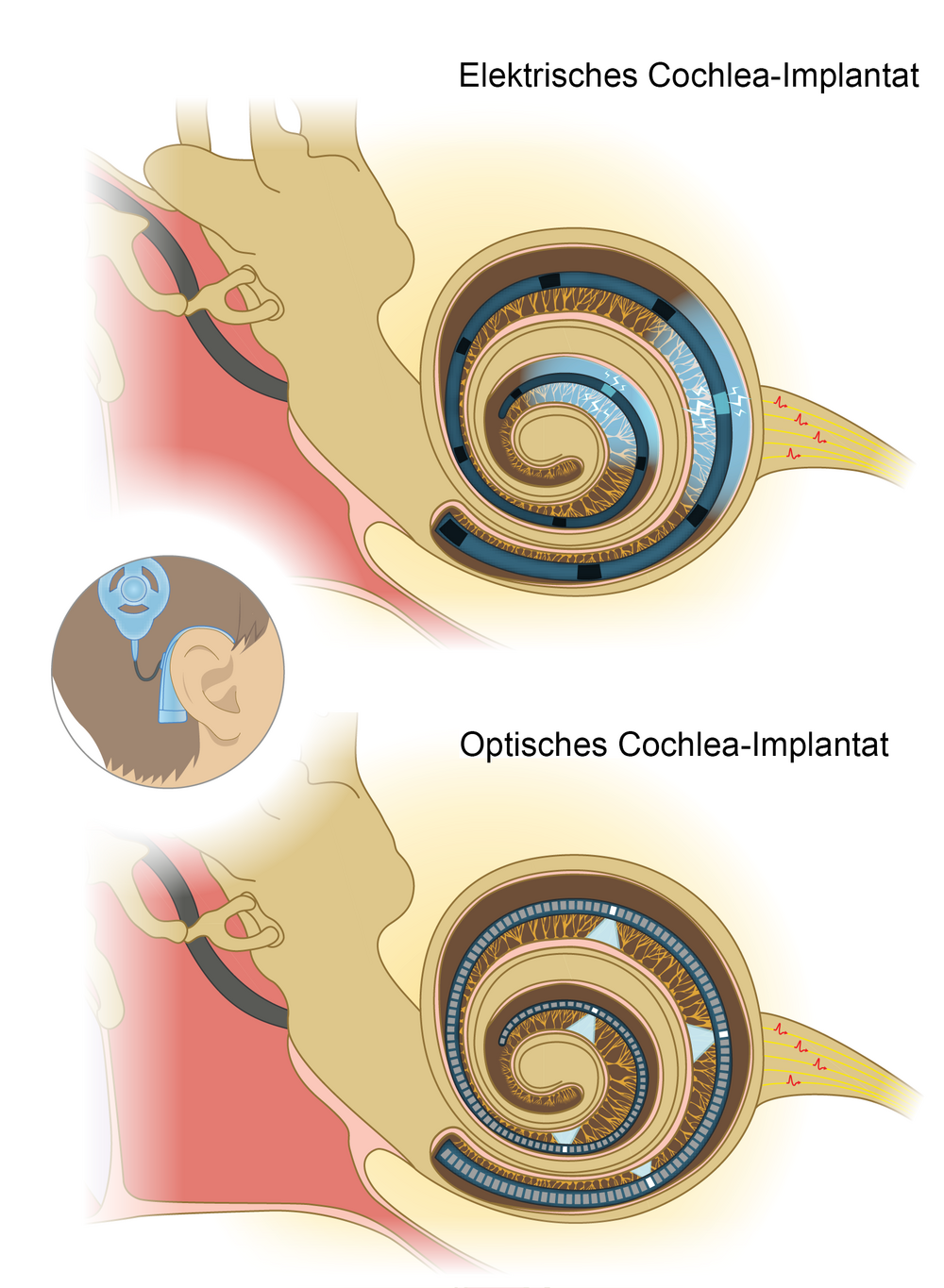
Our brains must make sense of the myriad sensations that all of us face each and every day to successfully find one’s bearings in life. We need to categorize, learn, remember, adapt, pay attention etc. in order to appropriately react and act in our environments. The auditory system is a particularly fascinating example of these feats as we e.g. use speech heavily to infer about our social environment and to interact with others. The Auditory Neuroscience and Optogenetics (ANO) Laboratory studies how the auditory system processes acoustic information in normal hearing and aims to improve hearing restoration for the deaf.
Considering that approximately 5% of the world’s population requires treatment of hearing impairment there is a major unmet clinical need for improved hearing restoration beyond current hearing aids and cochlear implants. Therefore, we are working with marmoset monkeys for late preclinical studies on gene therapy and optical cochlear implants which builds on pioneering work in rodents performed at the Institute for Auditory Neuroscience of the University Medical Center. We chose to work with marmosets as a non-human primate model that is amenable to genetic manipulation, has a rich vocal communication and also for this reason has attracted interest of auditory neuroscientists. We have established virus administration and cochlear implant surgery as well as physiological and behavioural analysis of hearing in marmosets.
In collaboration with the Behr lab (ref. for GFP marmoset) we are working toward modelling human genetic hearing impairment. We are currently focusing on auditory synaptopathy caused by mutations in the OTOF gene that encodes for the hair cell protein otoferlin. There is great hope that OTOF-related hearing impairment can be cured by AAV-mediated gene therapy based on partial restoration of auditory function in mouse models (Al‐Moyed et al, 2019; Akil et al, 2019; Rankovic et al, 2021). Nonetheless, much remains to be done to translate these approaches into a clinical application. We aim to contribute to this important effort by first optimizing the gene therapy approach in mice and then translating it to the newly generated marmoset model OTOF-related hearing impairment.
The cochlear implant, used worldwide by more than 700.000 hearing impaired people, typically enables open speech understanding and is considered the most successful neuroprosthesis. Nonetheless, listening in noisy environments as well as music appreciation remain challenging mostly because of the poor frequency and intensity resolution that results from broad current spread from of each of the 1-2 dozens of electrode contacts (see image above: Electrical Cochlear Implant). Since light can be conveniently confined in space, using optogenetic stimulation of the spiral ganglion of the cochlea promises a fundamental improvement of frequency and intensity coding compared to that achievable with electrical cochlear implants. In our preclinical work with rodents and marmosets, we are developing gene therapy and optical cochlear implants for future clinical optogenetic hearing restoration. Collaboration with academic partners in Freiburg and Chemnitz as well as with industry (OptoGenTech and MED-EL) is of paramount importance to accomplish this task.
Hearing the Light
Feature article in OPTICA
by Tobias Moser, Daniel Keppeler, Christian Goßler and Ulrich T. Schwarz
Through optogenetics and new medical devices, optical stimulation of the auditory nerve could improve on current hearing-restoration technology, affording better speech recognition and perception of music.
Read the feature article:
https://www.osa-opn.org/home/articles/volume_32/october_2021/features/hearing_the_light/

Videos
Tobias Moser - Lauréat du Grand Prix scientifique 2020 (engl., subtitles: french)
Professor Tobias Moser erhält den Ernst Jung-Preis für Medizin 2017
Conférence magistrale de Tobias Moser, Grand Prix scientifique 2020 (engl.)
Hören mit Licht - optische Cochlea-Implantate (2016)
Literatur
Life Science Alliance, 2022 April accepted
Analyzing efficacy, stability and safety of AAV-mediated optogenetic hearing restoration in mice
Bali B, Gruber-Dujardin E, Kusch K, Rankovic V, Moser, T
Calapai, A., Cabrera-Moreno, J., Moser, T., Jeschke, M. Flexible auditory training, psychophysics, and enrichment of common marmosets with an automated, touchscreen-based system. Nat Commun 13, 1648 (2022). https://doi.org/10.1038/s41467-022-29185-9
Keppeler D, Kampshoff C, Thirumalai A, Duque-Afonso CJ, Schaeper J, Quilitz T, Töpperwien M, Vogl C, Hessler R, Meyer A, Salditt T, Moser T (2021) Multiscale photonic imaging of the native and implanted cochlea. PNAS, https://doi.org/10.1073/pnas.2014472118
Huet AT, Bali B, Lopez de la Morena D, Rankovic V, Mittring A, Mager T, Moser T. Utility of red-light ultrafast optogenetic stimulation of the auditory pathway. EMBO Molecular Medicine, 2021, in press
Huet AT, Dombrowski T, Rankovic V, Thirumalai A, Moser T. Developing fast, red-light optogenetic stimulation of spiral ganglion neurons for future optical cochlear implants . Frontiers in Molecular Neuroscience, 2021 January 7th; 13:253. doi: 10.3389/fnmol.2020.600051
Rankovic V, Vogl C, Dörje NM, Bahader I, Duque-Afonso CJ, Thirumalai A, Weber T, Kusch K, Strenzke N, Moser T. Overloaded adeno-associated virus as a novel gene therapeutic tool for otoferlin-related deafness
Wrobel C, Zafeiriou M-P, Moser T. Understanding and Treating Paediatric Hearing Impairment. EBioMedicine, 2021 January 7th Volume 63, 103171
Jeschke M, Happel MFK, Tziridis K, Krauss P, Schilling A, Schulze H, Ohl FW. Acute and Long-Term Circuit-Level Effects in the Auditory Cortex After Sound Trauma. Frontiers in Neuroscience, 2021 January 5th;14:598406. doi: 10.3389/fnins.2020.598406
Zabelski D, Alekseev A, Kovalev K, Rankovic V, Balandin T, Soloviov D, Bratanov D, Saveljeva E, Podolyak E, Vokov D, Vaganova S, Astashkin R, Chizov I, Yutin N, Rulev M, Popov A, Eria-Oliveria A-S, Rokitskay T, Mager T, Antonenko Y, Rosselli R, Armeev G, Shaitan K, Vivaudou M, Büldt G, Rogachev A, Rodriguez-Valera F, Kripchnikov M, Moser T, Offenhäuser A, Willbold D, Koonin E, Bamberg E, Gordeliy V. Viral rhodopsins 1 are an unique family of light-gated cation channels. Nature Communications 2020 Nov 11;11(1):5707. doi: 10.1038/s41467-020-19457-7
Keppeler D, Schwaerzle M, Harczos T, Jablonski L, Dieter A, Wolf B, Ayub S, Vogl C, Wrobel C, Hoch G, Abdellatif K, Jeschke M, Rankovic V, Paul O, Ruther P, Moser T. Multichannel optogenetic stimulation of the auditory pathway using microfabricated LED cochlear implants in rodents. EMBO Molecular Medicine, 2020 Jun 29; e12387. doi: 10.15252
Dieter A, Klein E, Keppeler D, Jablonski L, Harczos T, Hoch G, Rankovic V, Paul O, Jeschke M, Ruther P, Moser T. μLED-based optical cochlear implants for spectrally selective activation of the auditory nerve
Kleinlogel* S, Vogl* C, Jeschke* M, Neef J, Moser T (2020) Emerging approaches for restoration of hearing and vision. Physiological Reviews, Available at: https://doi.org/10.1152/physrev.00035.2019.
* Equal contribution.
Dieter A, Keppeler D, Moser, T. Towards the Optical Cochlear Implant: Optogenetic Approaches for Hearing Restoration, EMBO Molecular Medicine, 2020 Mar 30. e11618, doi.10.15252/emmm.201911618
Moser T, Dieter A. Towards optogenetic approaches for hearing restoration, Science Direct, Biochemical and Biophysical Research Communications: 10.1016/j.bbrc. 2019.12.126, February 2020.
Dieter A, Duque Afonso CJ, Rankovic V, Jeschke M, Moser T. Near physiological spectral selectivity of cochlear optogenetics. Nature Communications, 2019 10(1): 1962, doi: 10.1038/s41467-019-09980-7
Keppeler D, Martins Merino R, Lopez de la Morena D, Bali B, Huet A T, Gehrt A, Wrobel C, Subramanian S, Dombrowski T, Wolf F, Rankovic V, Neef A, Moser T. Ultrafast optogenetic stimulation of the auditory pathway by targeting-optimized Chronos. EMBO Journal, November 2018.
Dombrowski T, Rankovic V, Moser T. Towards the optical cochlear implant. Cold Spring Harbor Laboratory Press October 2018.
Wrobel C, Dieter A, Huet A, Keppeler D, Duque-Afonso C J, Vogl C, Hoch G, Jeschke M, Moser T. Optogenetic stimulation of cochlear neurons activates the auditory pathway and restores auditory-driven behavior in deaf adult gerbils. Sci Transl Med. 2018: 10(449): eaao0540. doi: 10.1126/scitranslmed.aao0540
Mager T, de la Morena D, Senn V, Schlotte J, D´Errico A, Feldbauer K, Wrobel C, Jung S, Bodensiek K, Rankovic V, Browne L, Huet A, Jüttner J, Wood P, Letzkus J, Moser T, Bamberg E (2018) High frequency neural spiking and auditory signaling by ultrafast red-shifted optogenetics.
Nature Communications 2018 9(1):1750 doi: 10.1038/s41467-018-04146-3.
Gossler, C., Bierbrauer, C., Moser, R., Kunzer, M., Holc, K., Koehler, K., Wagner, J., Schwaerzle, M., Ruther, P., Paul, O., et al. (2014) GaN-based micro-LED arrays on flexible substrates for optical cochlear implants. Journal of Physics D: Appl. Phys. 47 205401 doi:10.1088/0022-3727/47/20/205401
Hernandez, V.H., Gehrt, A., Reuter, K., Jing, Z., Jeschke, M., Mendoza Schulz, A., Hoch, G., Bartels, M., Vogt, G., Garnham, C.W., et al. (2014). Optogenetic stimulation of the auditory pathway. J. Clin. Invest. 124, 1114–1129. http://www.jci.org/articles/view/69050
Hernandez VH, Gehrt A, Jing Z, Hoch G, Jeschke M, Strenzke N, Moser T. Optogenetic stimulation of the auditory nerve. J Vis Exp. 2014 Oct 8;(92):e52069. http://stm.sciencemag.org/content/10/449/eaao0540
Jeschke M, Moser T. Considering optogenetic stimulation for cochlear implants. Hear Res. 2015 Apr;322:224-234. doi: 10.1016/j.heares.2015.01.005. Epub 2015 Jan 16. Review. PMID: 25601298
Moser T. Optogenetic stimulation of the auditory pathway for research and future prosthetics. Curr Opin Neurobiol. 2015 Jan 28;34C:29-36. doi: 10.1016/j.conb.2015.01.004. [Epub ahead of print] Review. PMID: 25637880
Moser T, Vogl C. New insights into cochlear sound encoding [version 1; referees: 2 approved]. F1000Research 2016, 5(F1000 Faculty Rev):2081 (doi: 10.12688/f1000research.8924.1)
Kontakt
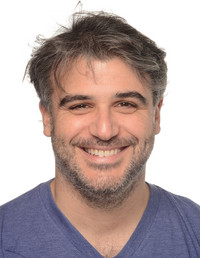
Josep Cardona Audí FG ANO/AG Moser +49 551 3851-287 Kontakt
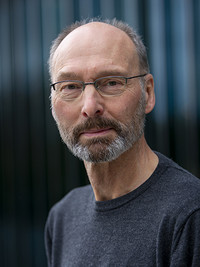
Ludwig Ehrenreich FG ANO/AG Moser +49 551 3851-193 Kontakt
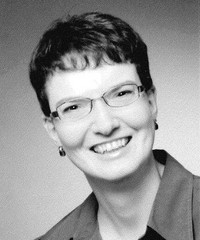
Daniela Gerke FG ANO/AG Kusch +49 551 3851-210 Kontakt
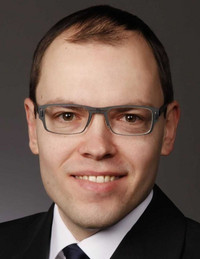
Dr. Christian Goßler FG ANO/AG Moser +49 551 3851-321 Kontakt
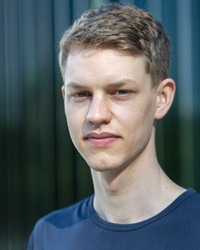
Jonas Grunenberg FG ANO/AG Jeschke +49 551 3851-244 Kontakt
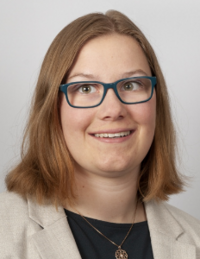
Fenja Hanneken FG ANO/AG Moser +49 551 3851-195 Kontakt

Gerhard Hoch FG ANO/AG Moser +49 551 3851-193 Kontakt
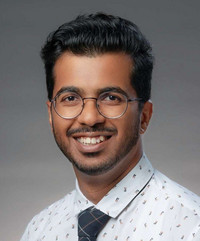
Lakshay Khurana FG ANO/AG Moser +49 551 3851-205 Kontakt
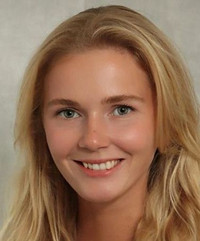
Antonia Klobe FG ANO/AG Moser +49 551 3851-287 Kontakt
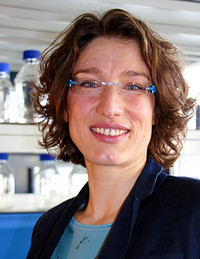
Dr. Kathrin Kusch Leitung FG ANO/AG Kusch +49 551 3851-209 Kontakt
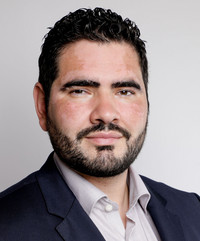
Dr. Juan Pablo Marcoleta FG ANO/AG Moser +49 551 3851-205 Kontakt
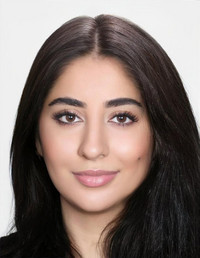
Roya Nazempour, PhD FG ANO/AG Moser +49 551 3851-520 Kontakt
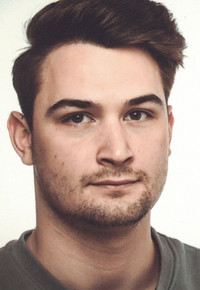
Adrian Rambousky FG ANO/AG Jeschke/AG Kusch +49 551 3851-210 Kontakt
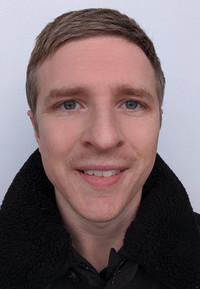
Dr. Michael Ribeiro Stührenberg FG ANO/AG Moser +49 551 3851-520 Kontakt
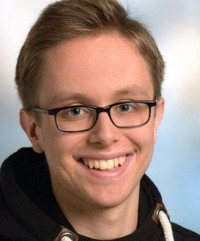
Björn Rutsch FG ANO/AG Moser +49 551 3851-287 Kontakt
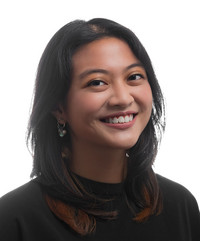
Evelyn Sutiono FG ANO/AG Kusch +49 551 3851-244 Kontakt
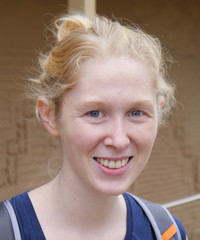
Mara Uhl FG ANO/AG Kusch +49 551 3851-244 Kontakt

